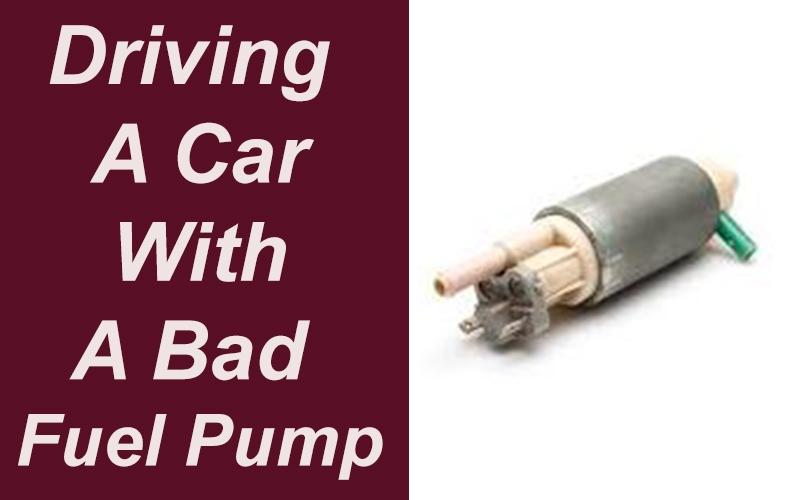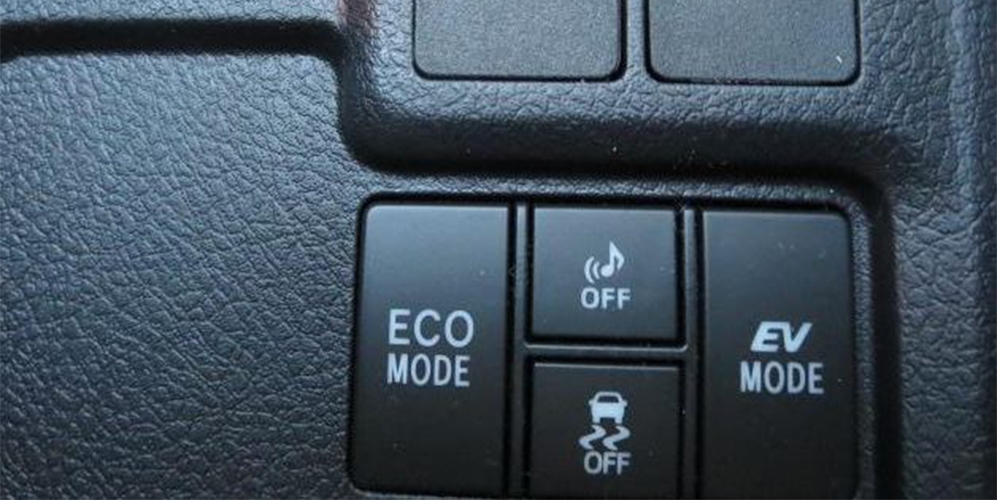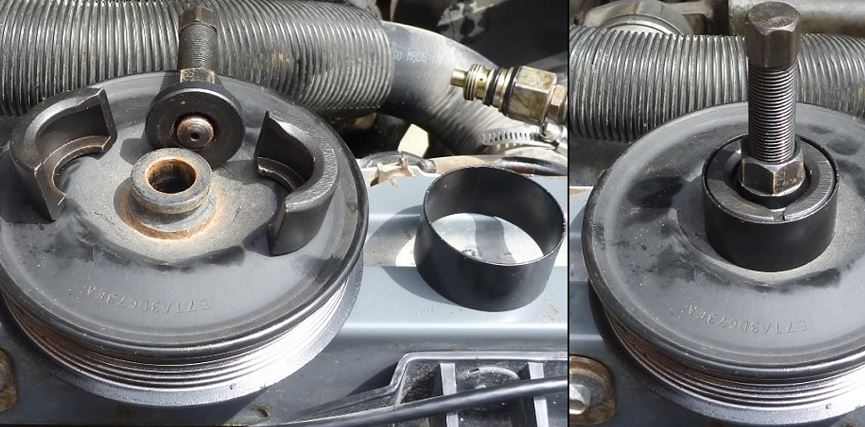Last updated on January 13th, 2023 at 08:31 pm
There are common causes of transmission problems after CV joint replacement and we will talk about them in my post today Transmission problems can be linked to as little as damaged cv, joint boot protector, to a bad CV joint itself, and a host of other faults; noticing it early and replacing it will have your car return back to normal.
But even after the CV joint replacement, you may likely experience transmission problems. Considering this, taking a test drive and having a proper diagnosis of the CV joint is needed.
Apart from that, it makes the car not function well, when a car is having transmission problems, it is no longer safe to drive the car.
Normally, once you start seeing leaks on the wheels, the first thing that comes to mind is it is a CV joint problem.
The most typical problem with CV joints happens when the protective boot fractures or gets damaged.
When that happens, the grease seeps out and moisture and dirt get in, causing the CV joint to wear faster and finally fail due to lack of lubrication and corrosion.
When your car is vibrating, which is a known sign of a bad CV joint, you need to check whether it is an axle fault, or bearing, because they typically present a jerking sound when it starts getting worn out or damaged. It could either be the outer, inner or back axle.
Related Article: Automatic Transmission Problems and Fixes/Solutions
- How to tell the difference between bad wheel bearing bad CV joint
- Is CVT Better Than Automatic Transmission (See Pros & Cons)
- 5 Bad Front Wheel Bearing Symptoms
What you should know about car axle
A car axle is an important component of any vehicle. It helps the wheels to rotate. Axle refers to the central shaft of a rotating wheel or gear.
Bad cv axle vibration
When a CV joint or axle shaft is damaged in any way that impairs its balance while rotating, the shaft vibrates severely while the vehicle is being driven. A bad CV axle can cause a car to vibrate while driving. Some other signs to watch out for are:
Signs of grease on the wheels or tires. Lack of lubrication could cause the CV joint to fail quickly.
Another sign is a banging noise while in motion: If your car is vibrating while driving and your stereo is on, you need to turn it off to enable you to know or hear other signs such as a banging noise. The noise may be from the crankshaft; you get to notice this while trying to reverse your car.
What causes transmission problems after cv joint replacement
You may experience transmission problems after CV joint replacement. Ordinarily, it shouldn’t happen but when this occurs, it could either be that the vibration or other signs you noticed might have occurred from another failing component in the vehicle and not necessarily a CV joint problem.
Also, another reason for a transmission problem despite replacing the CV joint could be that the CV joint wasn’t properly fixed, hence causing the transmission problem.
To stop this from happening, you will need the service of your auto mechanic to remove and fix back again.
Causes of vibration after CV axle replacement
The common cause of CV axle vibration of replacement is due to an improper installation or a when the axle is not well placed.
You have to check properly, it is possible the axle didn’t sit well into the transmission. Also, check your tire balance- an alignment can fix the issue, and make sure that the ball joints are in good condition.
What causes CV axle vibration?
One main cause of CV axle vibration is due to worn CV joints can produce vibration. Which occur as a result of the loss of lubricating grease within the cv joint boot protector and the introduction of dirt and debris, the CV joint will suffer damage over time.
And the second vibration of the cv axle is when there is a damaged CV joints in your automobile which t cause a suspension vibration and in this situation, you will need to be replaced cv joint swiftly.
The video below shows you how you can replace the CV joint.
Can a bad CV axle mess up your transmission?
Yes, a bad CV axle can mess up your transmission. Maintaining required fluid levels and regular servicing go a long way in any transmission system.
In front-wheel drives, the CV boots that retain the system’s key joints are also critical.
Because the CV joint relies on the grease contained inside the boot to work properly, keeping it clean and free of contamination will greatly extend the life of a front-wheel-drive transmission system.
Regular inspections can help identify issues before they become costly to replace or even cost a life.
Can a bad cv axle damage transmission?
Bearings and bushings can be overworked as a result of the continual shaking. Damaged CV joints can cause your car’s suspension to vibrate, and they must be replaced.
Can a bad cv joint cause vibration when braking?
Vibration when braking is not as a result of a bad CV joint. Vibration when braking can either be caused by a faulty rotor or callipers.
A calliper is a component of a disc braking system, which is the type used in most front brakes. Your car’s brake pads and pistons are located in the brake calliper.
The function is to slow the wheels of the car down by causing friction between the braking rotors. While the rotor is the braking disk that connects to the car’s wheel.
A set of callipers presses the brake pad against the rotor in a disc brake system. Because of the friction it creates, the car can slow down and stop.
Brake rotors that are damaged can cause braking to be delayed and vehicle control to be compromised, perhaps resulting in an accident.
The brake system in your car must be maintained and serviced regularly to work at its best.
Not only will replacing your brake rotors improve your car’s performance, but it will also improve your safety while driving.
So, ensure that both your callipers and rotors are in good shape, if not they may need to be changed.
Concluding on bad cv axle vibration
Car vibration can be caused by a variety of other issues in the car. It may not be easy finding the source of the problem immediately until a proper diagnosis is carried.
If your car is shaking or vibrating, taking it to an auto expert is usually the best solution.
Once you notice vibration, grease on the wheels or tires, and transmission problems, quickly take the car for inspection.
The worst of it is transmission problems. No-fault in a car should be treated as a minor issue, the earlier you fix the issues, the better. Read this next How to tell the difference between bad wheel bearing bad CV joint

Hi dear, I am Dennis Gift, an autobody repair technician with over 4 years of experience; and I love everything about fitness and cars and researching and sharing my experience. And this is where I get to do that freely without reservations. So come along with me.





